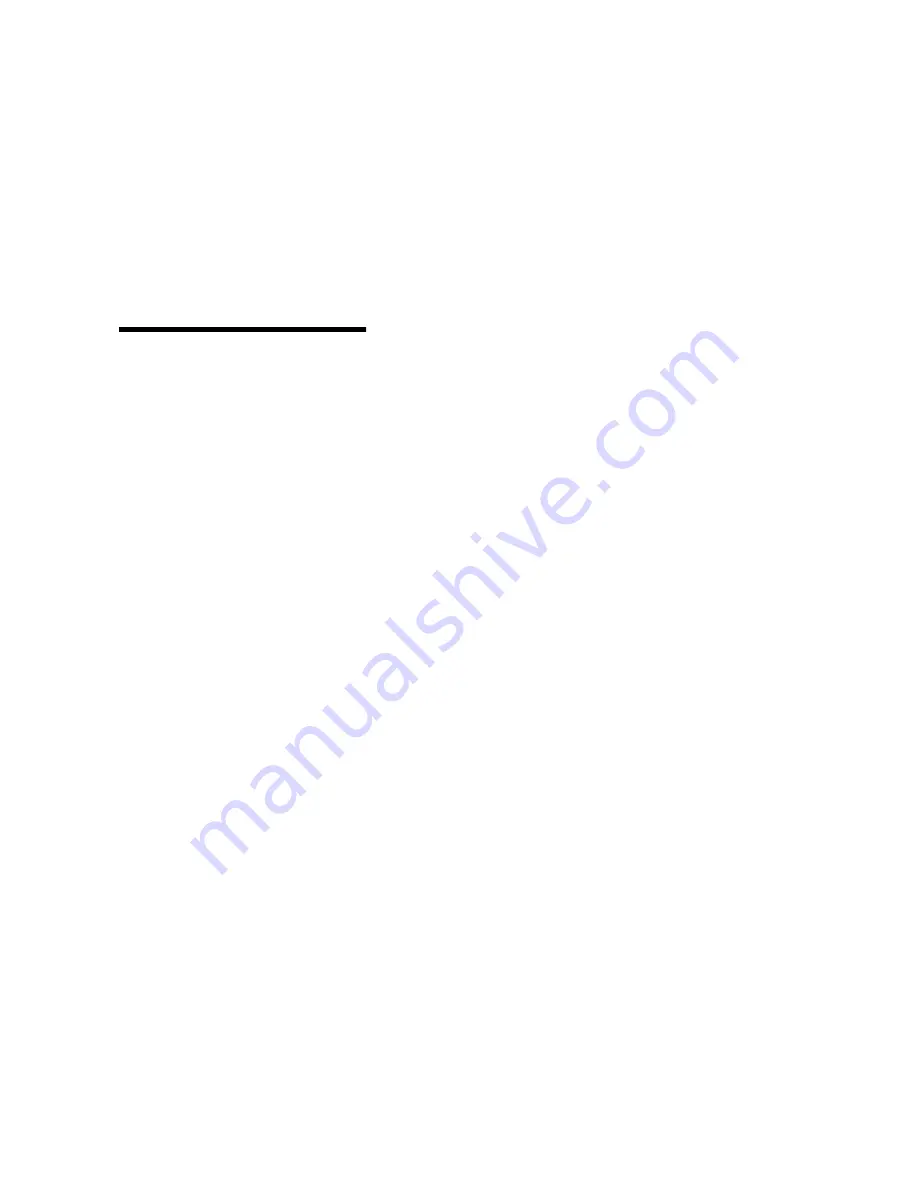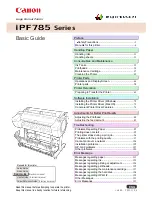
83
Chapter 4: Controlling your printer
Different printing needs do require different screen frequency
settings, for example, offset printing requires a higher setting,
whereas newsprint generally requires a lower setting. Your
printer default is set to give you the best screen frequency setting
for high quality business graphics.
Screen angle
Note:
The only time you can
change the screen angle is when
the use color option has been
deselected. The reason for this is
the default angle ensures no color
is overprinted by another color.
The default angle of the halftone screen and cells places the dots
so they are the least noticeable to the human eye. It also ensures
the alignment of color through all four color planes. By avoiding
the placement of halftone cells at an angle of 90 degrees, the
eyes of the viewer are focused on your image and not on the
dots.
Spot function
The spot function determines the shape of the dots by control-
ling the order in which the pels in the halftone cell are turned on.
The printer code defines the order by assigning a priority to each
individual pel within the halftone cell. By turning on or printing
a portion of the pels within the halftone cell and then combining
the different halftone screens, your printer is able to print mil-
lions of colors.
Image Smoothing
You can turn Image Smoothing On from the graphics tab of your
printer driver or through the PostScript Menu. This increases the
contrast and sharpness of bitmapped images and smooths color
transitions. This setting is useful for images downloaded from
the World Wide Web at 72 dpi. The setting has no effect on
images downloaded at 300 dpi resolution or higher.
Printing text
In both PostScript and PCL emulations, 100% black text prints
using black toner (K of CMYK). This results in sharp, crisp text
characters. As mentioned before, the printer applies a unique
screening algorithm to small text (less than 24 points in size).
This helps ensure that all text has smooth, crisp edges.
Black text included as part of a color bitmap image is printed as
a composite black. The result may be fuzzy characters or per-
Summary of Contents for 19Z0201 - X 862dte 4 B/W Laser
Page 1: ......
Page 8: ...viii Table of contents Appendix F Warranty 239 Glossary 241 Index 255...
Page 18: ...4 Chapter 1 Introducing your printer...
Page 88: ...74 Chapter 3 Menus...
Page 102: ...88 Chapter 4 Using color...
Page 108: ...94 Chapter 5 Managing resources downloaded to flash or disk...
Page 126: ...112 Chapter 6 Using the multipurpose feeder...
Page 158: ...144 Chapter 7 Replacing the transfer kit...
Page 214: ...200 Appendix A MarkVision...
Page 218: ...204 Appendix B Printer specifications...
Page 228: ...214 Appendix C Fonts...
Page 235: ...221 Appendix D Safety information...
Page 236: ...222 Appendix D Safety information...
Page 237: ...223 Appendix D Safety information...
Page 238: ...224 Appendix D Safety information...
Page 239: ...225 Appendix D Safety information...
Page 240: ...226 Appendix D Safety information...
Page 251: ...237 Appendix E Notices Japanese Laser Notice Chinese Laser Notice...
Page 252: ...238 Appendix E Notices Korean Laser Notice...
Page 283: ......
















































